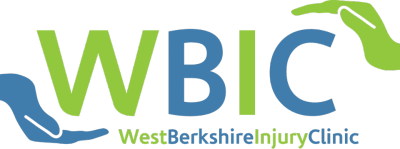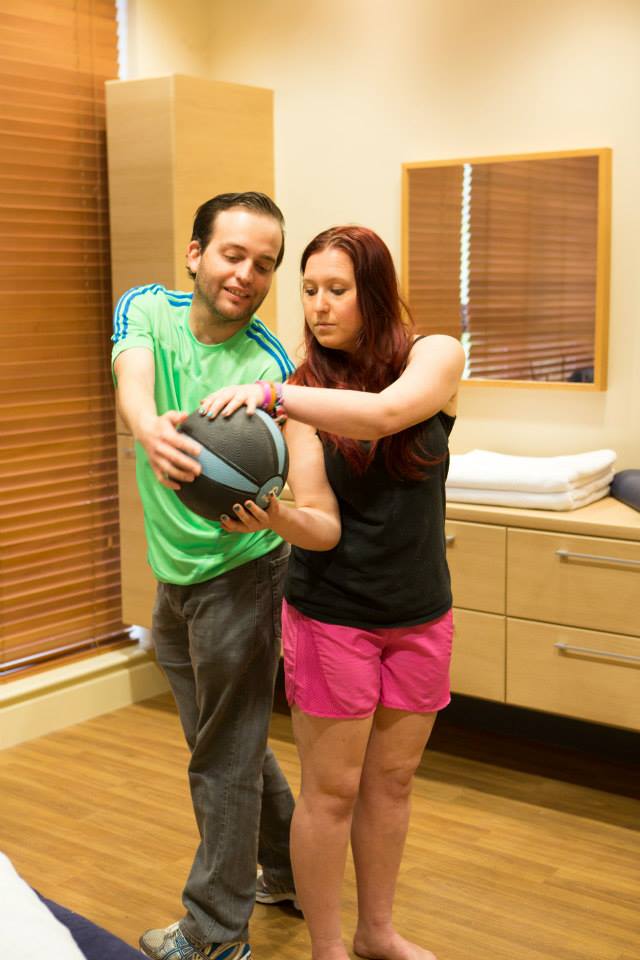Thanks to the decidedly frenetic nature of modern life, we often take rest for granted. The majority of us are aware of the dangers associated with burning the proverbial candle at both ends. However, few actually take the rest and recovery required so that their bodies are able to obtain a bit of much-needed downtime. This is just as true when referring to those who exercise to the point of overtraining. Not only are the chances of sustaining an injury much higher, but recovery times will inevitably increase if the body is forced to deal with chronic aches and pains. Let’s take a look at why resting is important. Plus why remaining active even while healing is actually quite beneficial.
The Activation of Healing Processes
Any sports therapist will highlight the critical role of healing if you have recently suffered from a strain or sprain. Which is why those who are diagnosed with chronic issues such as shin splints or tennis elbow could be overtraining (or training incorrectly) for relatively long periods of time.
When we refer to rest in this sense, we are not simply talking about the act of remaining sedentary. It should be stressed that the body releases a series of hormones in order to repair damaged connective tissue; particularly during the overnight hours. This is the very same reason why you are likely to be more sore if you do not obtain a sound evening of rest after a particularly gruelling workout session.
Psychological repose is just as important, as feelings of burnout can often first appear in the mind before translating to the body. In other words, always be sure to provide your mind with a bit of downtime as well.
“Active” Rest
A professional osteopath may sometimes refer to the notion of “active rest”. This is another term for keeping your body physically active while healing. For instance, those who have undergone heavy chest workout can still perform other activities such as jogging, swimming or stretching; as long as these routines do not impinge upon the ability of strained muscles to heal properly. This approach can then be combined with common rehabilitation techniques including:
- A massage performed by a soft tissue therapist.
- A remedial massage
- Yoga
West Berkshire Injury Clinic provides a host of therapeutic options, so please contact us to book an appointment if you would like to learn more.
—oOo–

